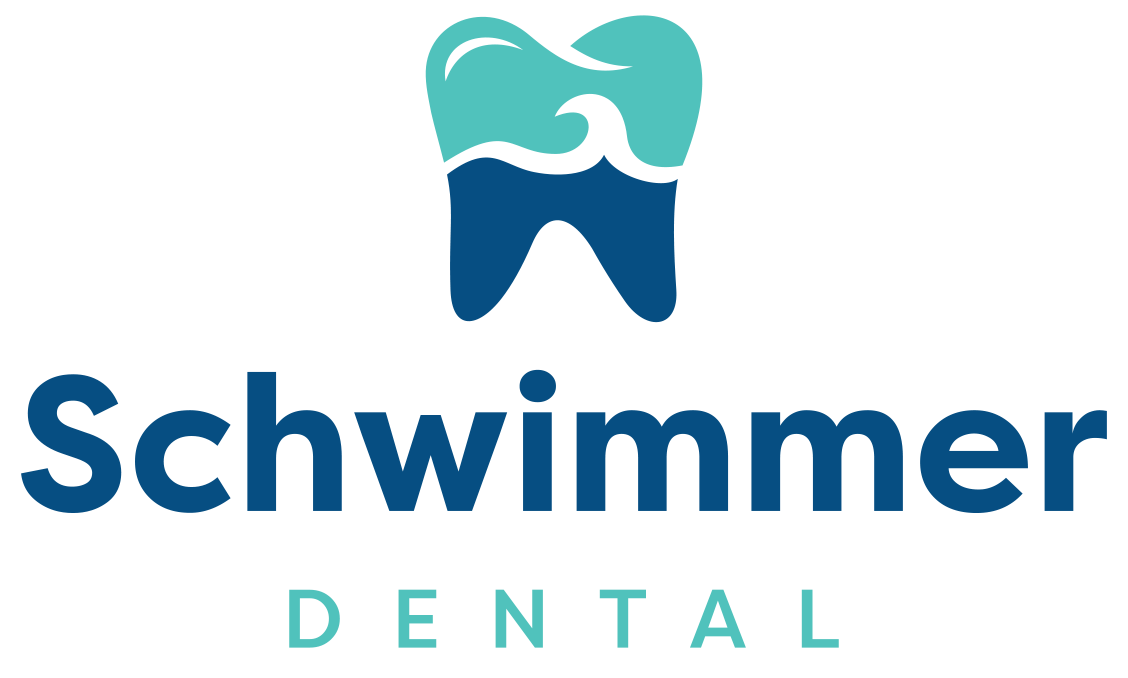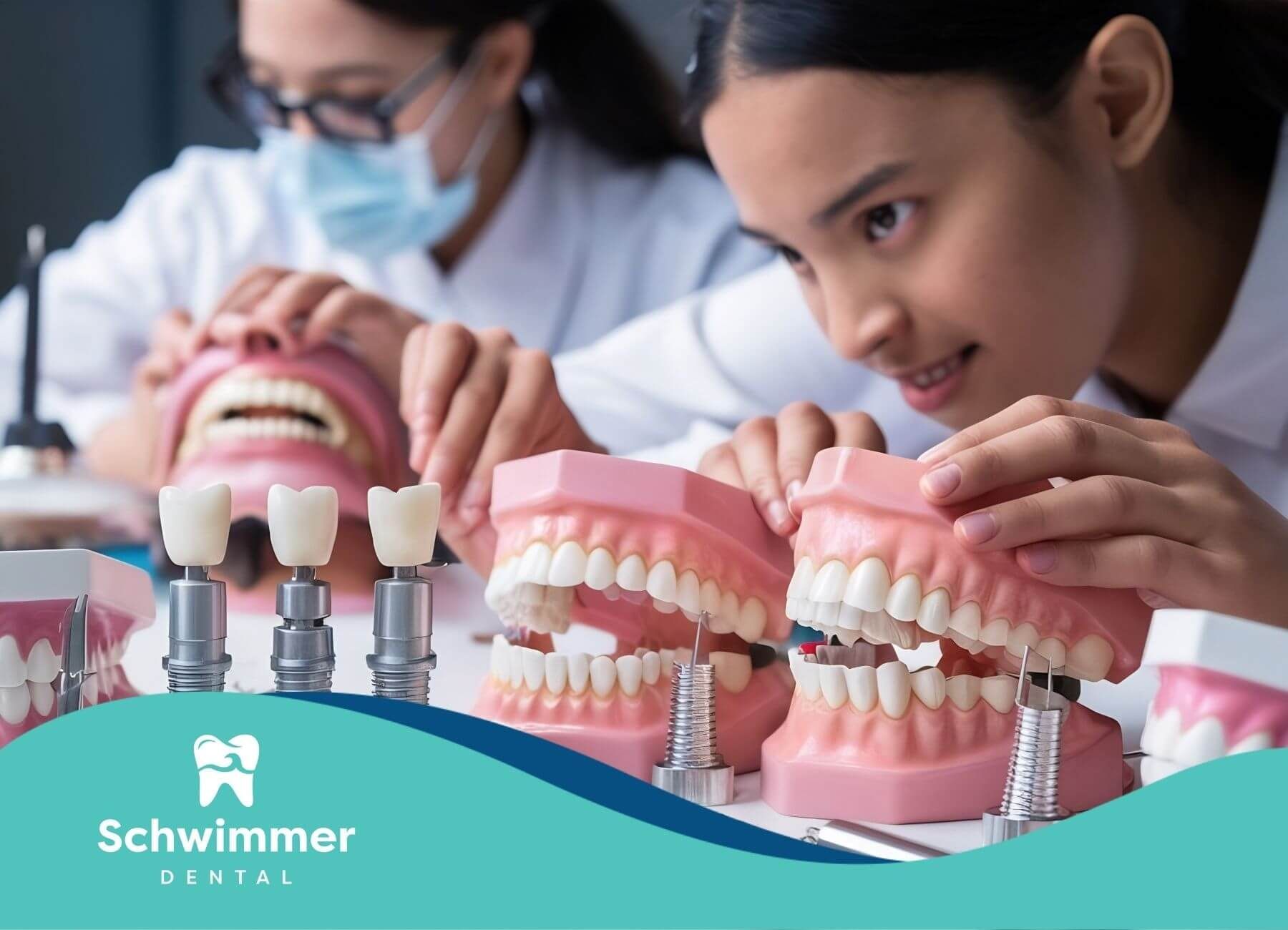Brighten Your Smile: Top Foods That Whiten Teeth Naturally
A radiant smile can boost your confidence and leave a lasting impression. While teeth whitening treatments are popular, many people don’t realize that the foods they eat can also play a big role in enhancing the brightness of their teeth. In fact, your kitchen might already be stocked with natural teeth-whitening agents.
In this blog, we’ll explore the best foods that whiten teeth, how they work, and how to incorporate them into your daily routine. We’ll also cover tips to maintain a white smile and which foods to avoid if you’re trying to keep your teeth pearly white.
How Do Certain Foods Whiten Teeth?
Before we dive into the list, let’s look at how food can impact your teeth's color.
Some foods act as natural abrasives, helping scrub away surface stains from coffee, wine, or tobacco. Others may neutralize acids that erode enamel or promote saliva production, which cleanses the mouth and maintains a healthy pH balance. Certain nutrients also support strong enamel and reduce the buildup of stain-causing plaque.
The combination of these effects makes some foods a natural ally in achieving a whiter smile.
Foods that Whiten Teeth
1. Strawberries
Though they’re red, strawberries can help whiten teeth thanks to malic acid, a natural astringent that removes surface discoloration. The texture of strawberries also contributes to gentle scrubbing action.
Tip: Mash a strawberry and mix it with baking soda to create a quick natural whitening paste. Use this occasionally—too much acidity can weaken enamel over time.
2. Apples
Crunchy apples are high in water and fiber, which increase saliva production and cleanse the mouth. They act like a gentle toothbrush, scrubbing away debris and plaque from teeth surfaces.
Why it works: The fibrous texture cleans teeth while stimulating gums, and the malic acid content may help dissolve stains.
3. Carrots
Like apples, raw carrots are fibrous and crunchy. They help clean teeth mechanically and increase saliva flow, which washes away food particles and bacteria that can cause staining.
Bonus: Carrots are also rich in vitamin A, essential for maintaining healthy enamel.
4. Pineapple
Pineapple contains bromelain, an enzyme known to reduce plaque buildup and remove surface stains. It’s also slightly acidic, which can help break down the proteins that stain teeth.
Tip: Eat fresh pineapple in moderation to reap the benefits without overexposing your enamel to acid.
5. Celery
Celery’s fibrous structure helps scrub teeth clean while chewing. Its high water content also promotes saliva production, which neutralizes acids and naturally cleanses the mouth.
Added benefit: Celery is also great for your gums and overall oral health.
6. Dairy Products (Cheese, Yogurt, Milk)
Dairy is rich in calcium and phosphates, which strengthen enamel and protect against cavities and discoloration. Hard cheeses can also help scrub teeth clean as you chew.
Why it helps: Lactic acid in dairy may contribute to enamel preservation and surface whitening.
7. Broccoli
Raw broccoli florets are coarse enough to clean your teeth as you chew. They also coat your teeth in iron, which helps protect enamel from acid erosion and staining.
Fun fact: Steamed broccoli won’t offer the same abrasive benefit—eat it raw for whitening effects.
8. Oranges and Pineapple (in moderation)
These citrus fruits increase saliva production, which helps cleanse teeth. Their acidity may also aid in lifting stains from the enamel surface.
Caution: Because of their acid content, rinse with water after consuming to avoid enamel erosion.
9. Baking Soda (In moderation, not a food per se)
While not a food, many tooth-friendly diets incorporate baking soda in home remedies. It’s a mild abrasive that helps scrub away surface stains.
Tip: Occasionally brushing with a paste of baking soda and water can brighten your smile—just don’t overdo it to avoid enamel wear.
10. Nuts and Seeds
Almonds, walnuts, sunflower seeds, and sesame seeds have coarse textures that can help rub plaque and stains off teeth when chewed. Plus, they’re full of healthy minerals for enamel strength.
11. Leafy Greens
Kale, spinach, and lettuce contain minerals and antioxidants that protect enamel. They also create a protective film over teeth, shielding them from stains.
Why they matter: Eating greens before staining foods (like coffee or wine) may reduce discoloration.
12. Water
Good hydration is key to a healthy smile. Drinking water helps rinse away food particles and prevent staining, especially after eating or drinking dark-colored substances.
Best habit: Rinse with water after coffee, red wine, or berries to limit their staining potential.
Foods and Drinks That Stain Teeth
While you now know the best foods to eat, it’s equally important to be aware of the common culprits that stain teeth:
- Coffee and tea (especially black tea)
- Red wine
- Cola and dark sodas
- Tomato-based sauces
- Soy sauce and balsamic vinegar
- Blueberries and blackberries
- Beets
- Curry
- Smoking and tobacco
You don’t have to eliminate these foods completely—just be mindful. Use a straw when drinking dark beverages, rinse with water afterward, and brush your teeth about 30 minutes later.
Tips for Maximizing Natural Whitening
- Eat raw, crunchy fruits and veggies daily.
- Drink plenty of water throughout the day.
- Brush and floss regularly to remove plaque and stains.
- Use a whitening toothpaste with low abrasivity.
- Chew sugar-free gum to increase saliva and neutralize acids.
- Limit sugar to prevent bacteria buildup and staining.
- Avoid brushing immediately after acidic foods. Wait at least 30 minutes to protect enamel.
Can Food Alone Whiten Your Teeth?
While incorporating these whitening foods can help maintain a brighter smile and prevent discoloration, food alone won’t provide the same results as professional whitening treatments. However, a diet rich in natural tooth-friendly options will support your overall oral health and help you retain a white smile longer.
Combining smart eating with professional care is the best approach for lasting results.
When to Consider Professional Teeth Whitening
If you’ve tried home remedies and still struggle with yellowing or stubborn stains, professional whitening might be the next step. Dentists offer stronger whitening agents and custom treatments that safely lift deep-set stains, often in just one visit.
Whitening isn’t just cosmetic—it can also improve self-esteem and motivate better oral hygiene habits.
Conclusion
Your diet plays a major role in your oral health and appearance. By choosing foods that whiten teeth and avoiding stain-causing culprits, you can naturally enhance your smile between dental visits. Raw fruits and vegetables, dairy, and water are some of the most effective and accessible tools in your daily routine.
Of course, for deeper whitening or stain removal, professional help is your best option. If you're looking for expert dental care or want to explore whitening treatments tailored to your needs, the friendly and experienced team at Schwimmer Dental is here to help you achieve a confident, glowing smile.
Frequently Asked Questions
Can eating strawberries every day whiten my teeth?
Strawberries contain malic acid, which helps remove surface stains, but eating them daily may also increase acid exposure. Use them in moderation and rinse your mouth afterward to protect enamel.
How long does it take to see results from natural whitening foods?
Results vary based on your diet and existing stains. While some surface brightness may improve in a few weeks, natural whitening is a slow process and works best when combined with good oral hygiene.
Is it safe to brush my teeth immediately after eating citrus fruits?
No, brushing right after acidic foods can damage enamel. Wait at least 30 minutes to let your saliva neutralize the acid before brushing.
Sources:
- https://www.livestrong.com/article/518376-what-kind-of-acid-is-in-strawberries/
- https://pmc.ncbi.nlm.nih.gov/articles/PMC6051571/
- https://www.nccih.nih.gov/health/bromelain
- https://www.colgate.com/en-us/oral-health/nutrition-and-oral-health/is-milk-good-for-your-teeth
- https://www.dentalhealth.org/the-role-of-hydration-in-oral-health



